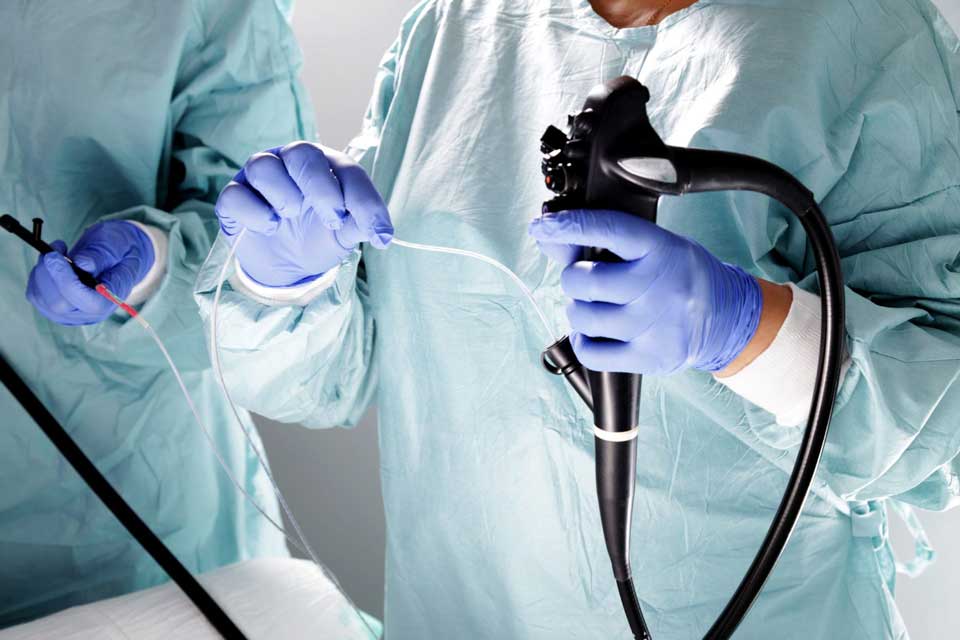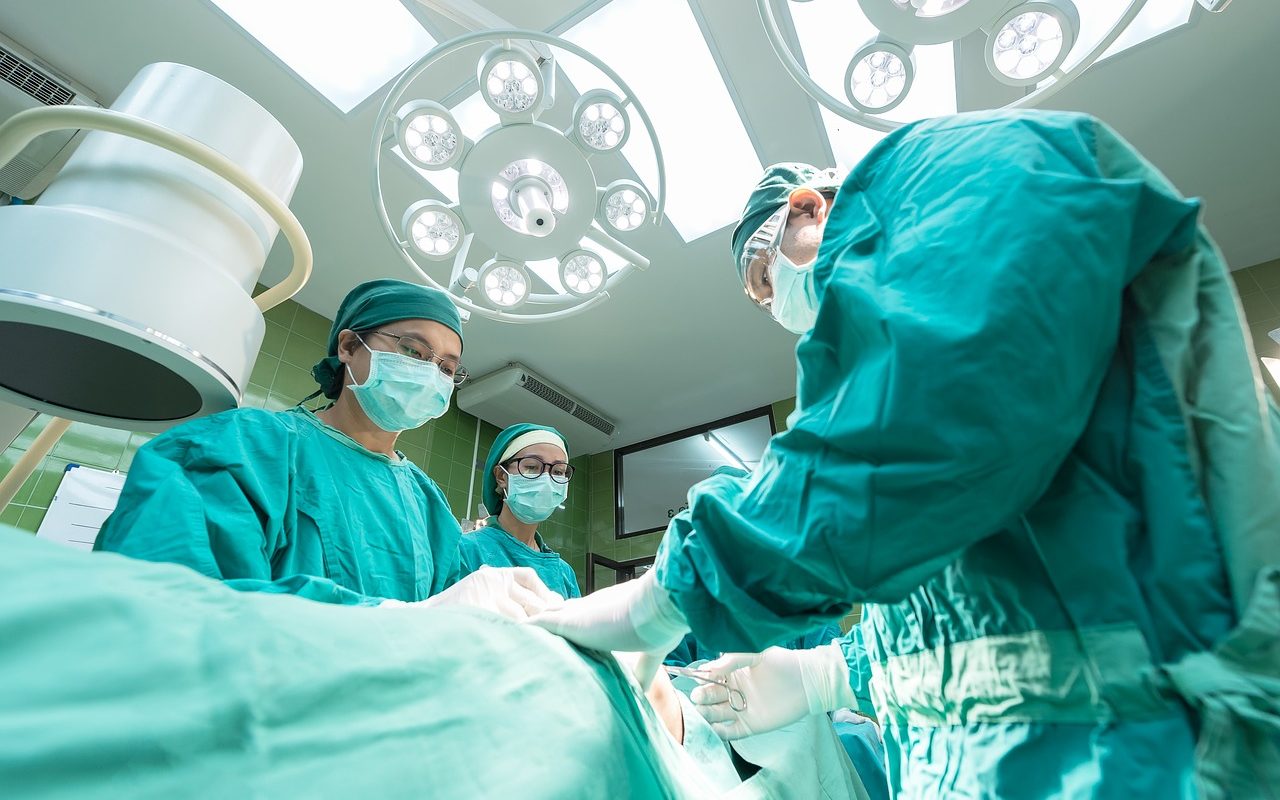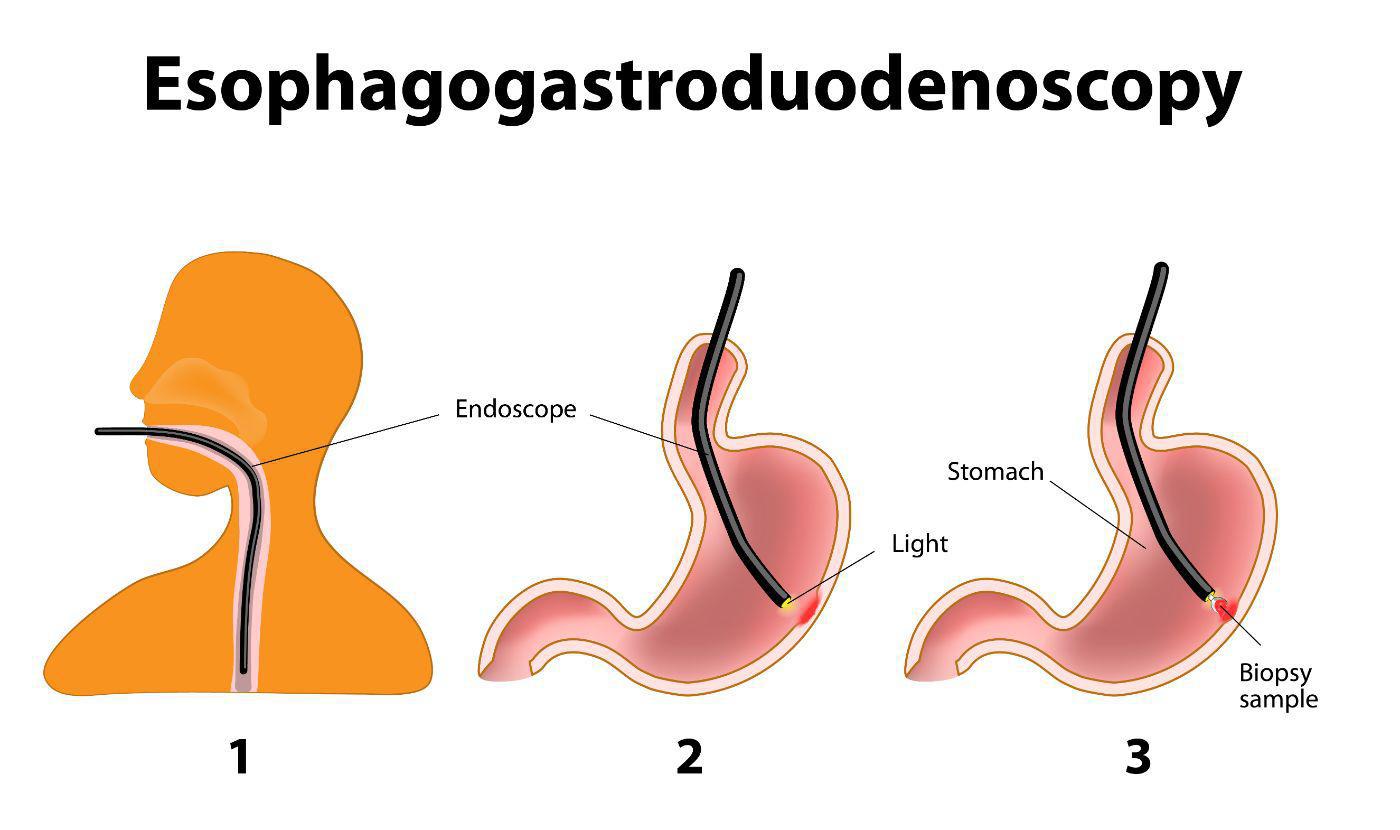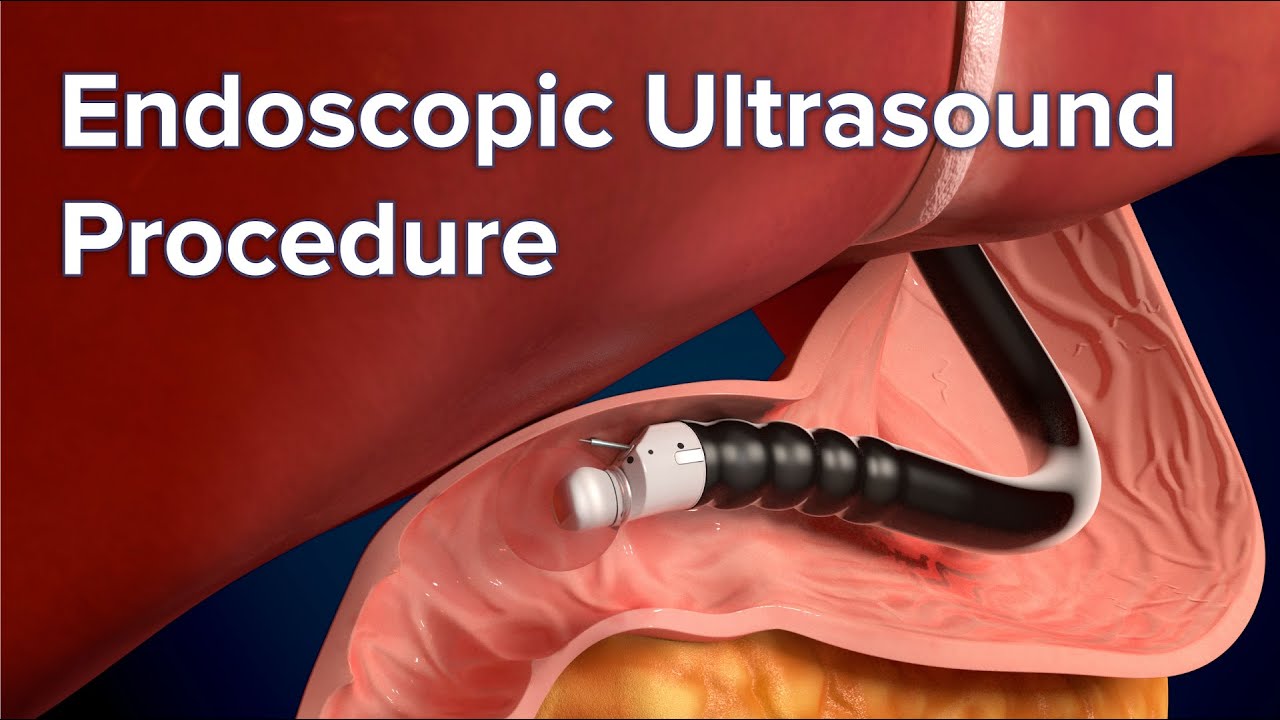EGD Test (Esophagogastro-
duodenoscopy)
12
Nov
2021
What is an EGD test?
Your doctor performs an esophagogastroduodenoscopy (EGD) to assess the lining of your esophagus, stomach, and duodenum. The esophagus is the muscular tube that joins your throat to your stomach and the duodenum, which is the upper part of your small intestine.
An endoscope is a tiny camera on a tube. An EGD test includes passing an endoscope through your throat and along the length of your esophagus.

Why an EGD test is performed
Your doctor might recommend an EGD test if you have specific symptoms, including:
- Severe, chronic heartburn
- Vomiting blood
- Black or tarry stools
- Regurgitating food
- Pain in your upper abdomen
- Unexplained anemia
- Persistent nausea or vomiting
- Unexplained weight loss
- A sensation of fullness after eating less than usual
- A sensation that food is lodged behind your breastbone
- Pain or difficulty swallowing
Your doctor might also use this test to help see how effectively a treatment is going or to track complications if you have:
- Crohn’s disease
- Peptic ulcers
- Cirrhosis
- Inflamed veins in your lower esophagus

Preparing for the EGD test
Your doctor will advise you to prevent taking medications like aspirin (Bufferin) and other blood-thinning agents for several days before the EGD test.
You would not be able to eat anything for six to twelve hours before the test. People who wear dentures will be requested to remove them for the test. As with all medical tests, you will be asked to sign an informed consent form before undergoing the procedure.
Where and how the EGD test is performed
Before administering an EGD, your doctor will probably provide you with a sedative and a painkiller. This stops you from feeling any pain. Generally, people do not even remember the test.
Your doctor might also spray a local anesthetic inside your mouth to stop you from gagging or coughing as the endoscope is inserted. You will have to wear a mouth guard to stop damage to your teeth or the camera.
The doctor then inserts an intravenous (IV) needle into your arm so that they might give you medications throughout the test. You will be asked to lie down on your left side during the procedure.
Once the sedatives have taken effect, the endoscope is inserted into your esophagus and passed through your stomach and the upper part of your small intestine. Air is then passed into the endoscope so that your doctor could clearly see the lining of your esophagus.
During the examination, the doctor may take small tissue samples using the endoscope. These samples could later be examined with a microscope to identify any abnormalities in your cells. The procedure is called a biopsy.
Treatments could sometimes be done during an EGD, like widening any abnormally narrow regions of your esophagus.
The complete test lasts between five and twenty minutes.
Risks and complications of an EGD test
Generally, an EGD is a safe procedure. There is a very slight risk that the endoscope will cause a tiny hole in your esophagus, stomach, or small intestine. If a biopsy is performed, there is also a small risk of prolonged bleeding from the area where the tissue was taken.
Some people also might have a reaction to the sedatives and painkillers used throughout the procedure. These can include:
- Trouble breathing or an inability to breathe
- Low blood pressure
- Slow heartbeat
- Excessive sweating
- A spasm of the larynx
However, less than one out of every 1,000 people experience these complications.

Understanding the results
Normal results indicate that the entire inner lining of your esophagus is smooth and shows no signs of the following:
- Inflammation
- Growths
- Ulcers
- Bleeding
The following might cause abnormal EGD results:
- Celiac disease results in damage to your intestinal lining and stops it from absorbing nutrients.
- Esophageal rings are an abnormal growth of tissue that happens where your esophagus joins your stomach.
- Esophageal varices are swollen veins inside the lining of your esophagus.
- A hiatal hernia is a disorder that causes a part of your stomach to swell through the opening in your diaphragm.
- Esophagitis, gastritis, and duodenitis are inflammatory disorders of the lining of your esophagus, abdomen, and upper small intestine.
- Gastroesophageal reflux disease (GERD) is a condition that causes fluid or food from your stomach to leak back inside your esophagus.
- Mallory-Weiss syndrome is a tear inside the lining of your esophagus.
- Ulcers could be present in your stomach or small intestine
What to expect after the test
A nurse will monitor you for about an hour following the test to ensure that the anesthetic has worn off and you are able to swallow without difficulty or discomfort.
You might feel slightly bloated. You might also have slight cramping or a sore throat. These side effects are quite normal and should go away fully within 24 hours. Wait to eat or drink until you can swallow comfortably. Once you do start eating, begin with a light snack.
You should look for immediate medical attention if:
- Your symptoms are worse than prior to the test
- You have trouble swallowing
- You feel dizzy or faint
- You are vomiting
- You have sharp pains in your stomach
- You have blood in your stool
- You are unable to eat or drink
- You are urinating less than usual or not at all
Your doctor will walk you through the test results. They might order more tests before they give you a diagnosis or create a treatment plan.

Hill Regional (HRH) Hospital is here to assist all your medical needs with specialists and surgeons trained and experienced in the most advanced treatments. Our highly qualified doctors, nurses, and administrators are dedicated to caring for you with compassion in our state-of-the-art facilities.
Call us on 254-580-8500 to book an appointment with our specialist doctors..